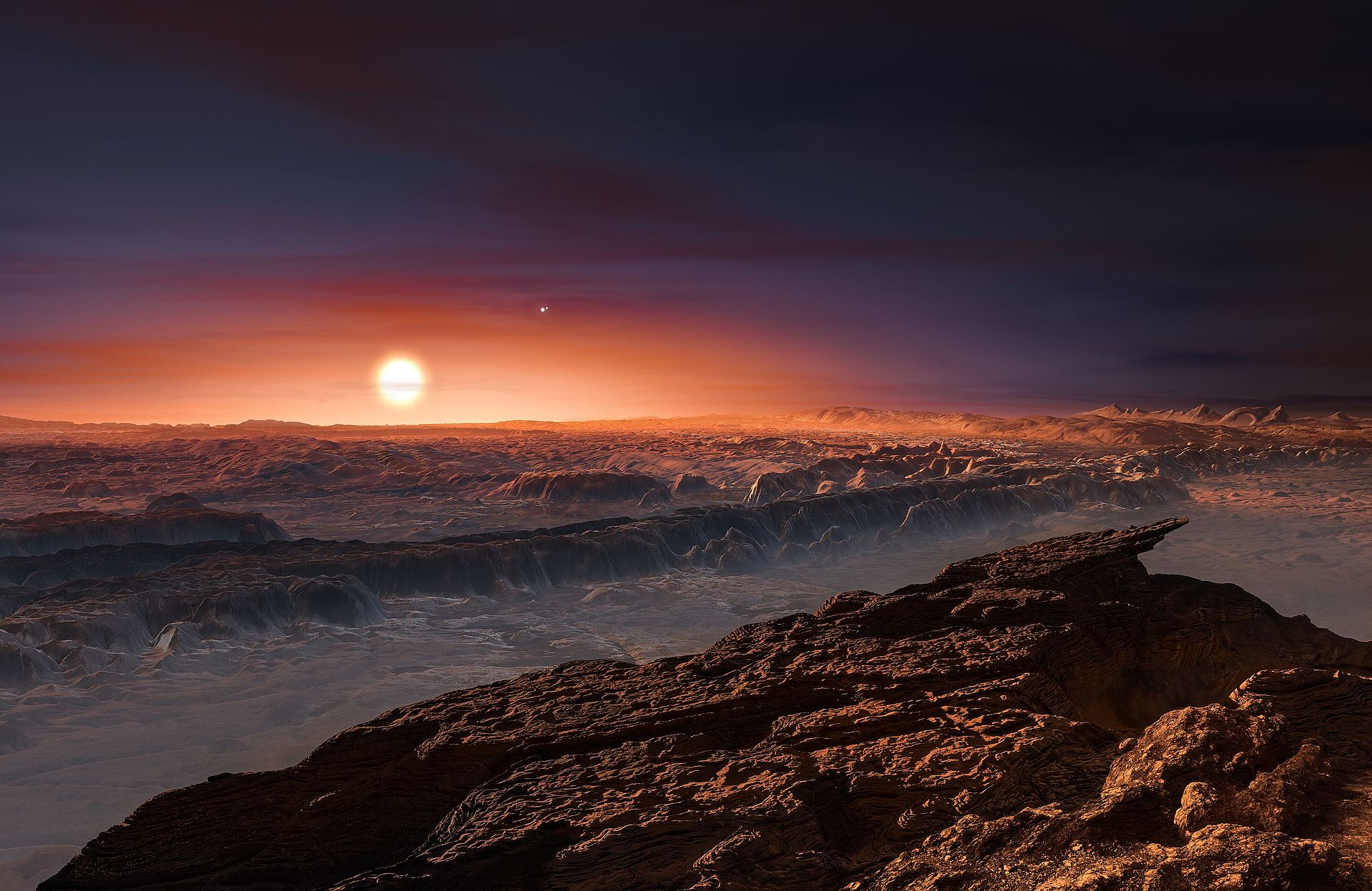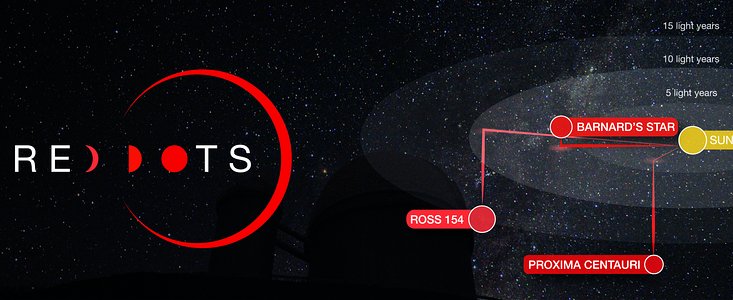Astronomers Continue Search for Earth-Like Planets at Proxima Centauri and Other Stars (Video)
An astronomy team that found a potentially habitable planet at the nearest star system to Earth last year has resumed its search for similar worlds.
The team's "Pale Red Dot" campaign found a potentially Earth-like planet, in the habitable zone of Proxima Centauri, one of the stars in the Alpha Centauri system that is located approximately 4 light-years away from Earth. Astronomers generally consider a planet as potentially habitable if it is rocky and in the habitable zone — that is, if it orbits its parent star at a distance where water could exist on the planet's surface.
This year, the team will conduct a new Red Dots campaign, which will again look at Proxima Centauri, as well as two other close-by stars: Barnard's Star (a red dwarf located 6 light-years away) and Ross 154 (a red dwarf located a little less than 10 light-years away). The team will acquire and analyze data obtained from the European Southern Observatory's (ESO) High Accuracy Radial velocity Planet Searcher (HARPS), an instrument renowned for finding exoplanets. [The Nearest Stars to Earth (Infographic)]
The team — led by Guillem Anglada-Escude, an astronomer at Queen Mary University of London — will share updates on the search through social media. Unlike last year, the team will also discuss its results in real time, although the team members cautioned that these results are subject to peer review.

The campaign, in collaboration with ESO, will also solicit contributions from amateur astronomers through social media, an online forum and tools from the American Association of Variable Star Observers (AAVSO).
"Any observations presented during this time will, of course, be preliminary only, and they must not be used or cited in refereed literature," ESO officials said. "The team will not produce conclusive statements, nor claim any finding until a suitable paper is written, peer-reviewed and accepted for publication.
"The Red Dots campaign will keep the public informed via the reddots.space website, where weekly updates will be posted, together with supporting articles and highlights of the week, including featured contributions by the community," the observatory officials added. "Conversations will take place also on the Red Dots Facebook page, the Red Dots Twitter account and the hashtag #reddots."
Get the Space.com Newsletter
Breaking space news, the latest updates on rocket launches, skywatching events and more!
The team will obtain about 90 nights of observations from HARPS, a spectograph that is installed at the ESO 3.6-meter telescope at the La Silla Observatory in Chile.

The instrument looks for small wobbles in a star's motion of the sort that happen when a planet (or several planets) tugs on the star during its orbit. The instrument is so sensitive that it can see motion at about a walking pace (3.5 km/h or 2.2 mph) from trillions of miles or kilometers away.
"No one can say for sure what the outcome of the Red Dots campaign will be. After data acquisition and data analysis together with the community, the scientific team will submit the results for formal peer review," ESO officials said.
"If exoplanets are indeed discovered around these stars, ESO's Extremely Large Telescope, due to see first light in 2024, should be able to directly image them and characterize their atmospheres, a crucial step towards searching for evidence of life beyond the solar system," the officials added.
Earlier this year, ESO signed an agreement with the Breakthrough Initiatives to assist in the latter's quest to send a nanocraft to Alpha Centauri at 20 percent the speed of light. Specifically, ESO will adapt its Very Large Telescope in Chile to continue searching for planets in the Alpha Centauri system. The search program will take place in 2019.
Follow us @Spacedotcom, Facebook and Google+. Original article on Space.com.
Join our Space Forums to keep talking space on the latest missions, night sky and more! And if you have a news tip, correction or comment, let us know at: community@space.com.

Elizabeth Howell (she/her), Ph.D., was a staff writer in the spaceflight channel between 2022 and 2024 specializing in Canadian space news. She was contributing writer for Space.com for 10 years from 2012 to 2024. Elizabeth's reporting includes multiple exclusives with the White House, leading world coverage about a lost-and-found space tomato on the International Space Station, witnessing five human spaceflight launches on two continents, flying parabolic, working inside a spacesuit, and participating in a simulated Mars mission. Her latest book, "Why Am I Taller?" (ECW Press, 2022) is co-written with astronaut Dave Williams.
Katy Perry and Gayle King launch to space with 4 others on historic all-female Blue Origin rocket flight
Rare double solar blast unleashes 2 CMEs towards Earth — auroras possible April 16
We finally have a release date for ‘The Alters’, the sci-fi survival game where you team up with your clones to survive a planet on fire (video)









